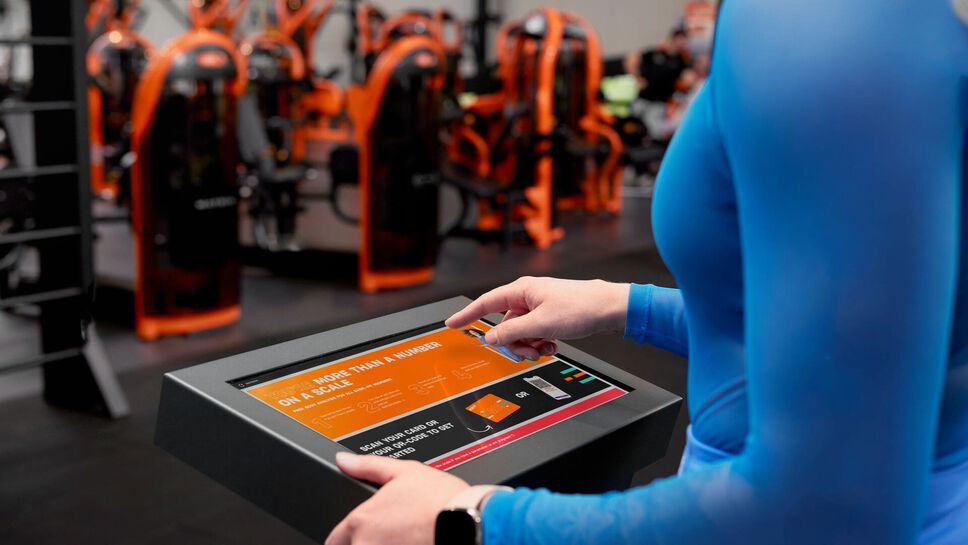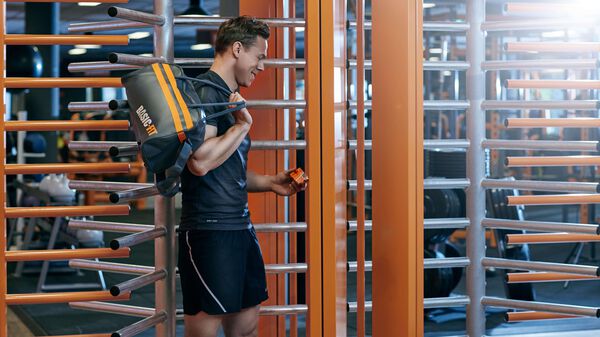There are different ways to measure your body fat percentage. Some are quick and easy to do in the gym, while others are more advanced and usually done in clinics. Each method has pros and cons, but all of them give you more insight into your health than the scale alone.
In this article, you’ll learn what body fat percentage is, the most common ways to measure it, what’s considered healthy, and how to track your progress over time.
What is body fat percentage?
Your body fat percentage shows how much of your weight comes from fat compared to everything else in your body, like muscle, bone, water, and organs.
It’s not the same as BMI (Body Mass Index). BMI only looks at weight and height, so it can’t tell if your weight comes from muscle or fat. That’s why two people with the same BMI can look completely different.
By checking your fat percentage, you get a clearer view of your health and fitness than the scale or BMI can give you.

Common ways to measure your body fat percentage
There are several ways to measure body fat, from quick options in the gym to advanced medical scans.
Which method works best depends on your goal: do you want a simple snapshot you can repeat often, or the most detailed analysis possible?
The most common methods are:
- Skinfold calipers
This method uses a small tool to pinch folds of skin at different spots on the body to estimate fat. It’s quick and affordable, but the accuracy depends a lot on the person taking the measurements, so it’s usually done by a trainer or professional.
- Bioelectrical impedance (BIA)
Found in many gym machines and smart scales. It sends a small electrical signal through your body to estimate fat, muscle, and water. It's easy and non-invasive, though results can vary depending on hydration levels.
- Body Analyzer at Basic-Fit
Also based on BIA, but with a professional-grade device. By measuring through multiple contact points, it gives you a detailed breakdown of your body composition. Because the Body Analyzer is available in every club, it’s a consistent and practical way to track your progress over time.
- DEXA scan
A medical imaging test that measures bone density, fat, and muscle with high accuracy. Usually done in clinics and less suited for regular use.
- Hydrostatic weighing
An advanced method that measures your weight in and out of water. Accurate but not very practical for everyday use.
In summary, quick gym tools like calipers or the Body Analyzer are great for tracking progress, while medical scans like DEXA or hydrostatic weighing give the most precise results.
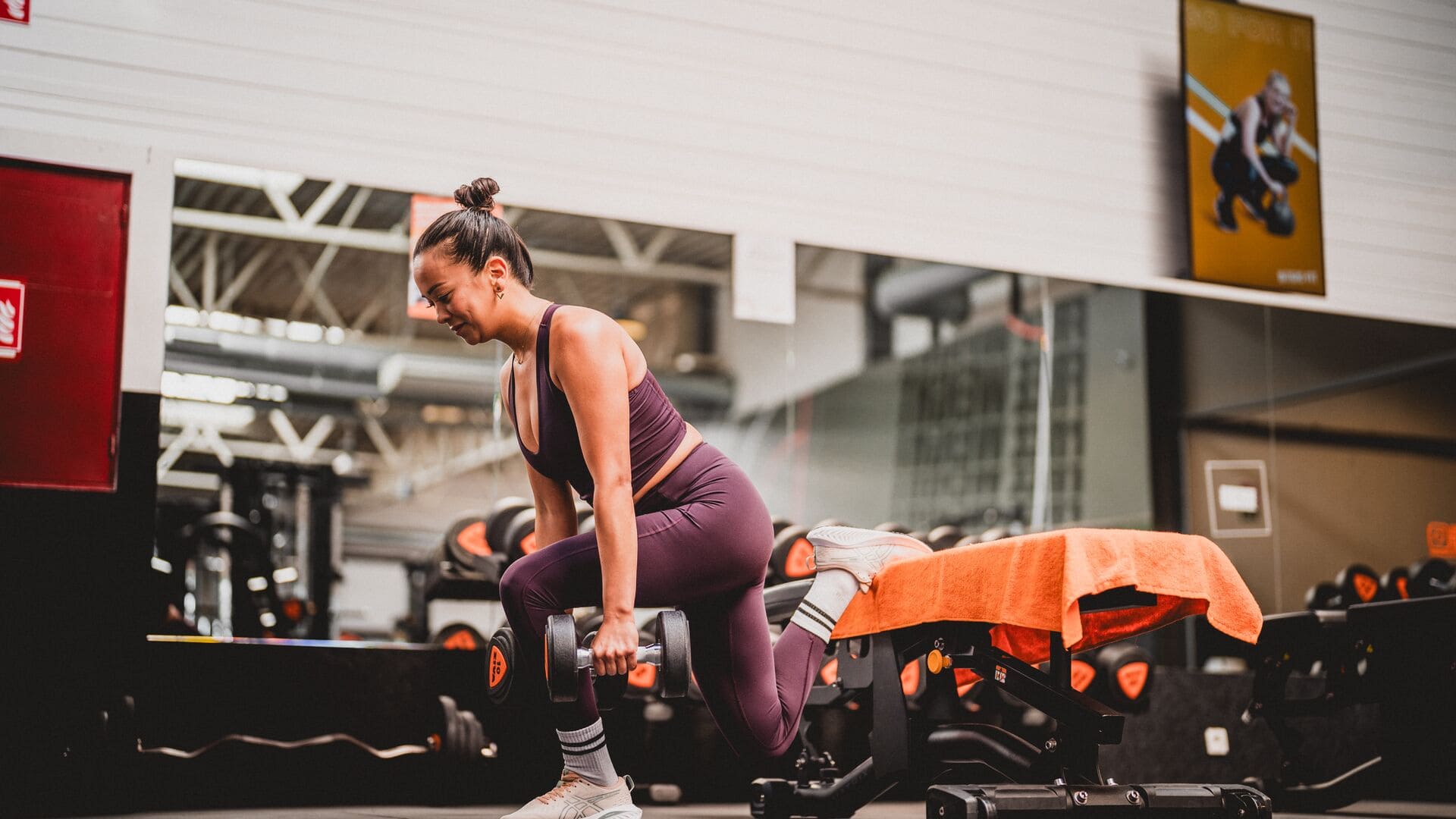
What is a healthy body fat percentage?
Body fat plays an important role in your health. It stores energy, protects your organs, and helps regulate hormones. The goal isn’t to hit the lowest number possible, but to stay in a range that supports your health.
A healthy percentage depends on your age, gender, and activity level. Instead of aiming for a single “perfect” percentage, think of it as a range that supports your health and fitness goals.
Healthy ranges for women
- 20–30% is considered healthy for most adults.
- 30–35% is higher but can still be normal depending on lifestyle and age.
- Under 15% is usually only seen in athletes and can be too low for long-term health.
Healthy ranges for men
- 10–20% is considered healthy for most adults.
- 20–25% is higher but can still be normal depending on lifestyle and age.
- Under 8% is usually only seen in athletes and can be too low for long-term health.
These numbers are guidelines, not strict rules. Everyone’s body is different, and what matters most is how you feel, your energy, and whether your routine is sustainable.
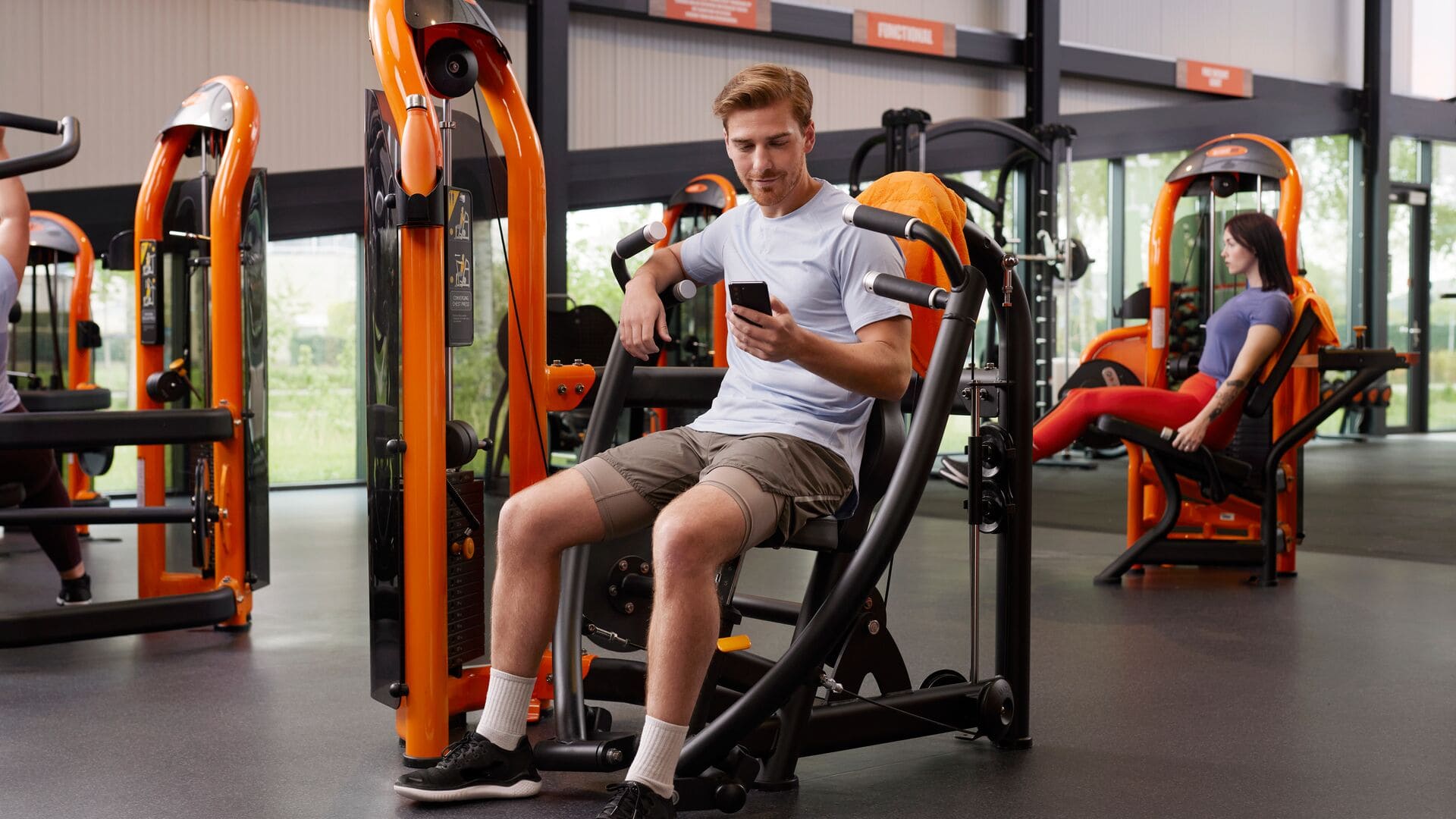
How to track your body fat percentage over time
Tracking your body composition helps you see the real changes in your body, even when your weight doesn't move. Here are a few quick tips to keep track of your progress:
- Stay consistent – Always measure under the same conditions (same time of day, similar clothing, before eating or drinking).
- Don’t measure too often – Daily numbers can swing up and down. Once every 2 weeks or once a month gives a clearer picture of progress.
- Focus on trends, not single results – Fat and muscle shift slowly, while hydration and meals affect daily results. What matters is the long-term direction.
- Combine with other signals – Pay attention to your energy, strength in workouts, and how you feel overall rather than just the numbers.
Your measurements are most valuable when they’re part of a bigger picture. If you use the Body Analyzer in the club, your results are sent straight to the Basic-Fit app. That way you can easily track your fat percentage, muscle mass, and training progress all in one place.
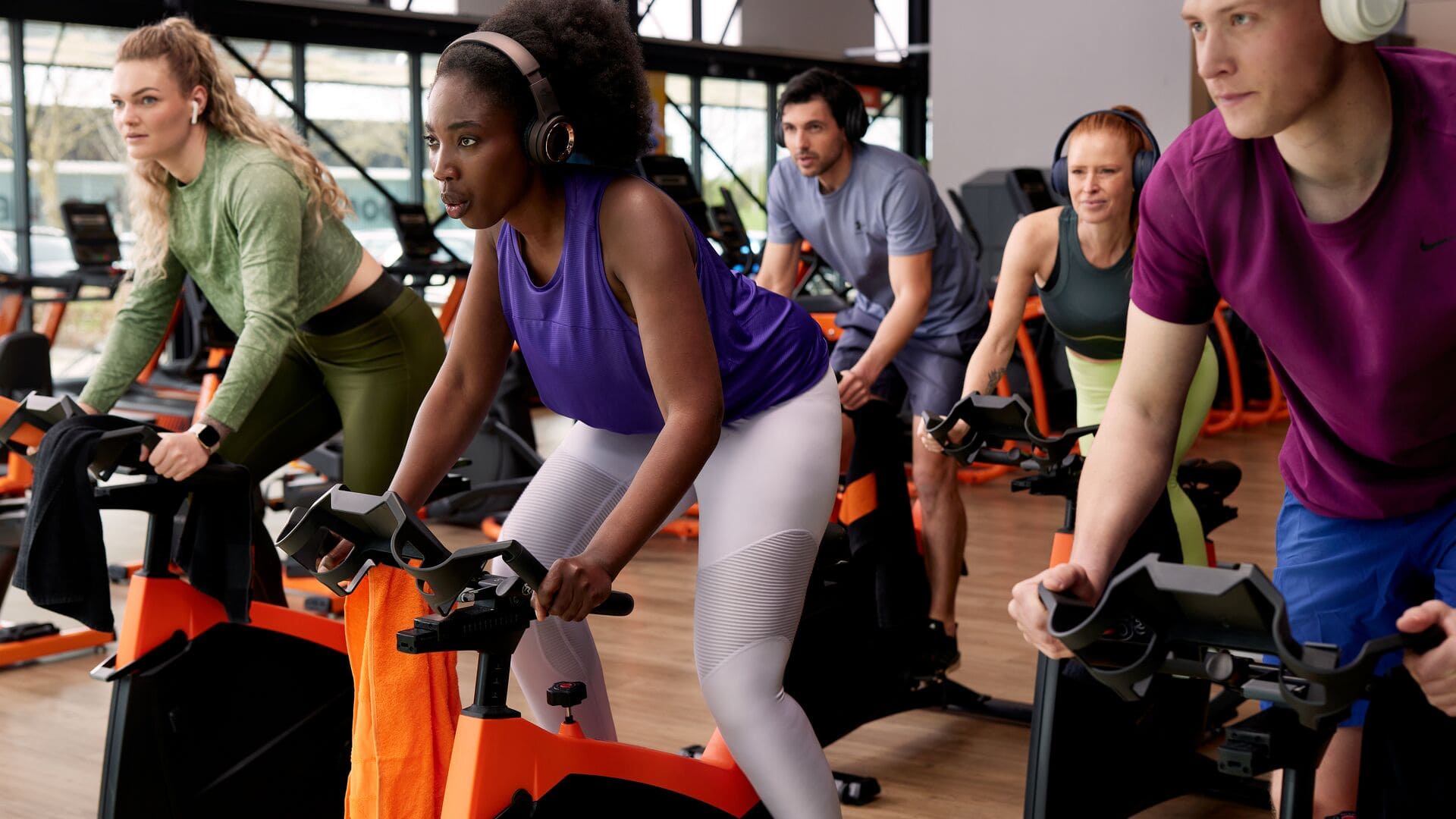
How to lower body fat percentage
If reducing fat levels is one of your goals, focus on habits you can keep up long term. Regular movement, balanced meals, daily activity, and proper recovery all work together to gradually shift your body composition in a healthy way.
Here are some practical tips:
- Move regularly – Combine strength training with cardio to build muscle and support a healthier composition
- Eat balanced meals – Focus on protein, vegetables, and whole foods while keeping an eye on portions.
- Stay active outside the gym – Walk, cycle, or take the stairs to add more movement into your day.
- Recover well – Sleep and recovery are just as important as training. They help your body adapt and change.
For a deeper dive, take a look at our article on how to support fat burning.
What to remember
Tracking your fat percentage helps you see where you are today, but your fitness journey is about so much more. With the right habits and support, you can keep moving forward, and we are here to help you every step of the way.


